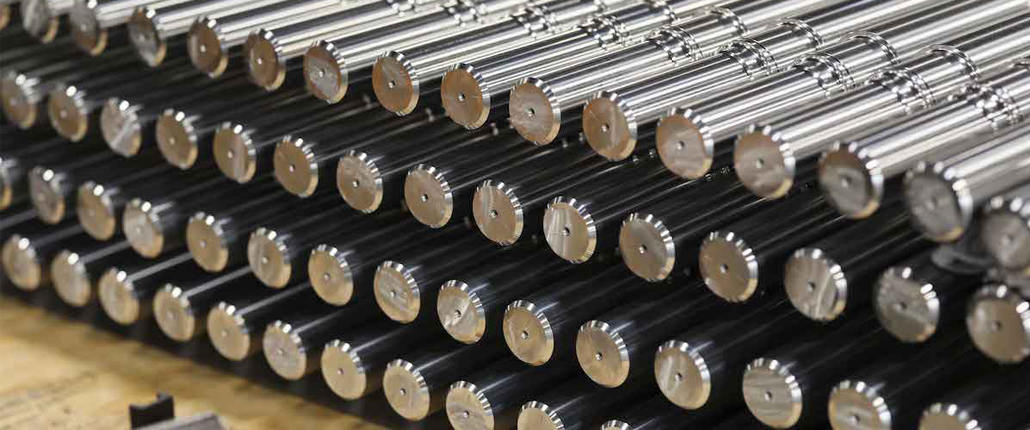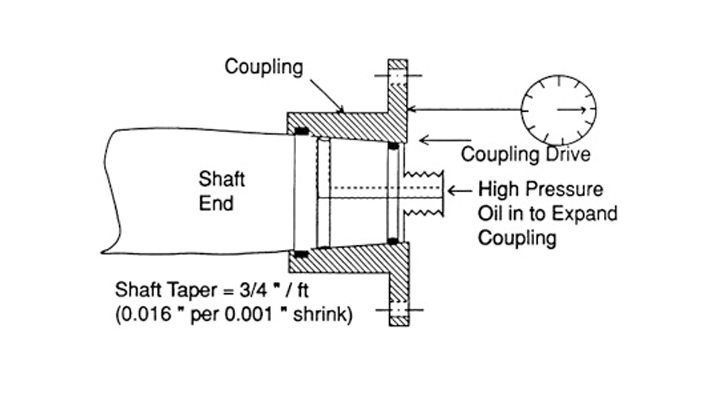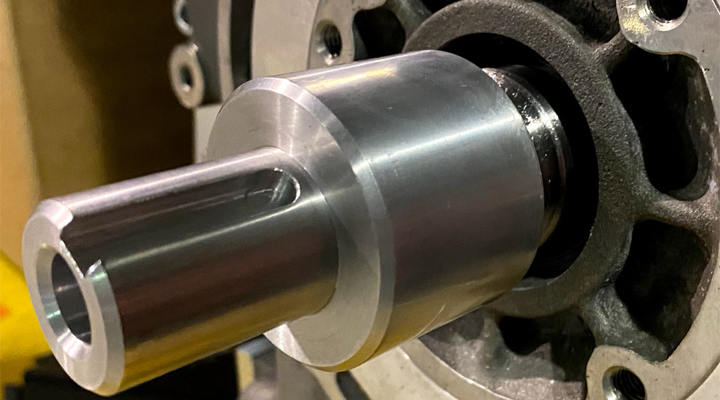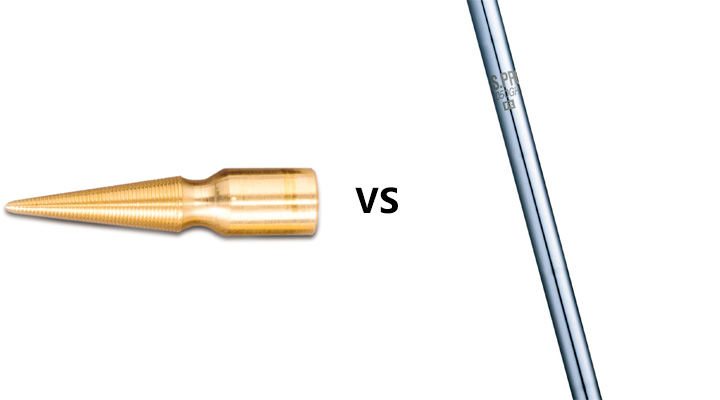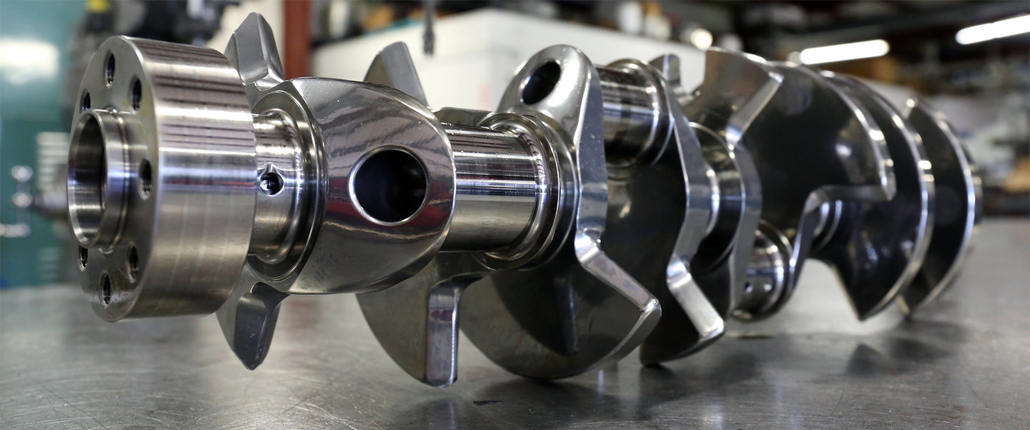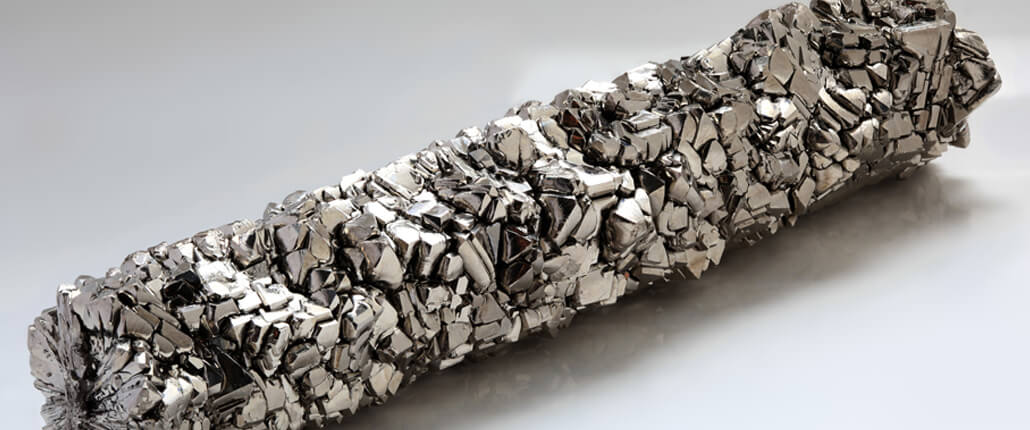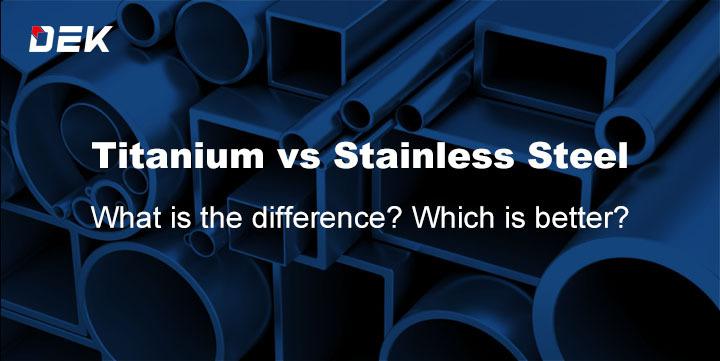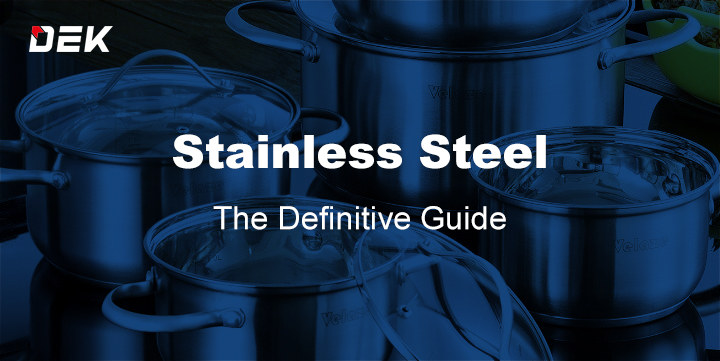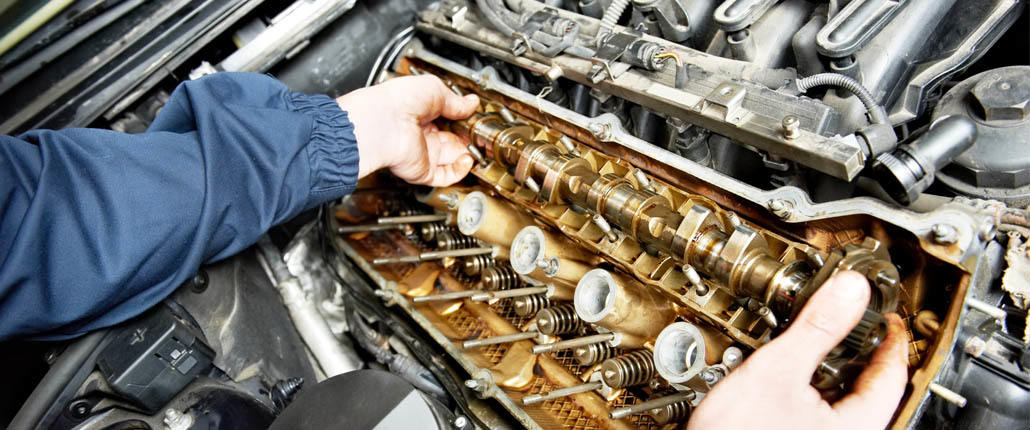The tapered shaft or shaft tapers can be used in so many coupling situations. They get smaller as they are being drilled into the hosel. The standard measurement is .355 inches. Note that the tapered shaft requires that the hosel and the clubhead must be of the same size.
What is a tapered shaft?
A tapered shaft is a type of nut used in the manufacture of woodworking tools, costing less than other types of machinery. It is used when the diameter of a bolt or nut does not exceed one-half inch. This allows the operator to thread a bolt through a cut without removing material from the end of the said cut.
A tapered shaft is a smooth, tapered portion of shaft material on a golf club. The purpose of a tapered shaft is to control impact and provide more consistent ball flight throughout the shot for both rights and left-handed golfers. As the name suggests, tapered posts are commonly found in golf clubs, generator engines, hydraulic hubs, and pulleys.
What is the function of a tapered shaft?
A tapered shaft is a simple device that has several uses. Most people who buy tapered shafts generally use it to sharpen a piece of wood, especially if they try to use a hack saw. It can be used to plane large boards, all while using deadly force if necessary safely. The other most common use for tapered shafts is for working on vehicles and other machinery.
Watch out for these shaft variations as they are often hidden under more complex devices and tools, and Tapered shafts are used in the coupling process. This means that they are used to enable better rotation in equipment industries in radial expansion and axial forces.
How do it work?
The tapered shaft is an adjustable shaft that can be used in any configuration, either as a straight shaft or an angled shaft. With its tapered profile, it allows you to use a smaller diameter chisel and still use a conventional pre-drill bit to bore a pilot hole through the material you’re deep hole drilling. This enables you to get the most out of material while drilling at low speeds.
Tapered shafts are angle-adjustable parts that accommodate both material properties and working tolerance. For its measurement, get the diameter of both sides of the shaft and obtain the differences by subtracting the smaller from, the larger diameter. This is the taper inch. (Multiply by 12 to get the foot)
Do generator engines have tapered shafts?
Yes. All industrial generators have at least one notch on the shaft- this is to accommodate the user when seating the machine on a flat surface without raising or lowering the device. When the blades are at an angle, when there is more pressure on one side versus the other, it acts as a form of torque and can affect the amount of force that needs to be applied to start the reciprocating motion (exiting and starting again).
All gas engines have tapered shafts. All heavy-duty soldiers have them, as do some lawnmowers. You can remove them efficiently with a special instrument known as a DeWalt tool. The purpose of a tapered shaft in a generator is to remove CNC machining metal grinds from the working part of the engine.
Why do generator engines have tapered shafts?
This is because all generators need to be attached to the unit using tapered crankshafts. This makes for simple coupling and a better cooling system while the engines whirl.
Generator shafts come in different lengths and pitches. When selecting a generator, you should choose a shaft whose diameter (or diameter to length ratio) matches the diameter of the equipment you plan to attach the Generator too! Connecting equipment to a generator requires consideration of area: More diameters means more room available for equipment — allowing for more efficient usage.
Sometimes I think it’s based on the manufacturers. Other times, the manufacturers anticipated complaints from people who got shafts that were too stiff and figured they could sell more engines with them.
The advantage of tapered shafts?
Tapered shafts can take the edge off your enthusiasm when it comes to swinging a golf club, for example. When you hit the tee at your favorite golf course, do you ever stop and wonder how long it will take you to make changes for club length again?
Golf clubs have two different ranges of motion – flex and snap. At first glance, it might seem like they are made for various purposes, but once you learn the proper technique for using a tapered shaft, these special features can benefit your game significantly.
Tapered shafts are made of materials that can deliver strong, consistent performance. This is due to the following manufacturing ideas: The first step in making tapered shafts is to mold a solid core for a more controlled inventory. Next, it becomes possible to couple one shaft measurement for different varieties of CNC machining metal, woods, and golf clubs, for example. This prevents looking for other lengths to a couple for these different varieties of hosts.
What is the difference between tapered and parallel shafts?
Tapered shafts are shorter in length and periodically taper toward the midpoint. Parallel shafts do not have this gradual change in size but are very noticeable in diameter from end to end. If you had to choose between tapered and parallel shafts on an elevator, which would you rather have? The answer is a usually tapered shaft. Many elevators installed before about 1990 have tapered shafts.
Tapered shafts are usually used as options for turning channel crevices into linear surfaces. On the other hand, parallel shafts are used to create curves in areas where straight edges would be difficult. The choice between tapered and parallel shaft goes beyond function to considerations of precision and identity.
Tapered shafts are used for stabilization or reduction in response to load changes. They will typically have three or more pointed ends that puncture the material to hold the material in place. Parallel shafts, by contrast, have a more uniform curve throughout their length and are used for tension or extension (usually in reaction to a lever or other motion). The difference is usually noticeable during operation.
Can you offer customized tapered shafts?
Yes, you can offer customized varieties either for free or as a service. It solely depends on which option cuts best for your application – both for size and style! You will be given the ability to offer customers a full range of handheld tools at affordable prices.
Tapered shafts are a great option for people looking to shave off a few grams without changing the entire crankset. They do take longer to install than standard shafts, but they offer longish cranks with minimal downtime when started at the right angle. The hardest thing about customized shafts is getting the right angle on them – there are many ways to do it wrong and end up with a bike that’s too stiff or rough for your liking.
Final thoughts…
Every beginner in the manufacturing industry should have an idea about important coupling tools like tapered shafts. They have a very wide area of advantages in ensuring quality in deliverance. They can also be applied in any mechanism that involves constant interchanges when in motion. This saves time and optimizes all-around performance.
